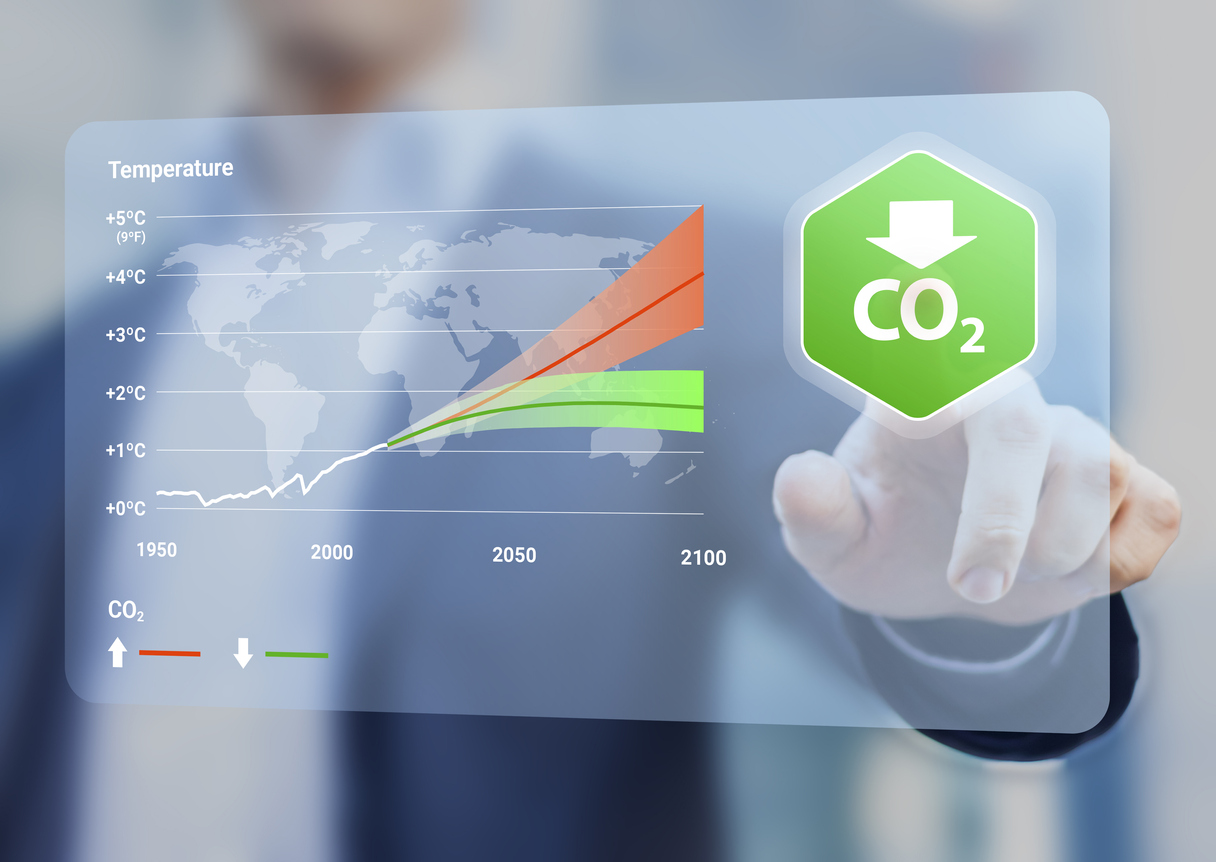Carbon-Capture
Increasing CO2 emissions are pushing our planet’s natural environment to a breaking point. In 2021 alone, emissions from industrial processes and the energy sector accounted for 89% of industrial Greenhouse Gas (GHG) emissions. With CO2 being the biggest culprit in every context, carbon capture technology, thus, comes in as a saviour. It can alleviate the exponentially increasing industrial carbon footprint by capturing more than 90% of the industrial facilities’ CO2 emissions.
The captured carbon can be stored in underground geological formations or utilized for numerous productive uses, thereby contributing to the circular carbon-based economy. Carbon capture technology is a relatively simple and short-term solution for industrial decarbonization. It is possible to achieve around a 14% reduction in global GHGs by 2050 through its implementation.
The approach helped commercialize several technologies, including Upstream gasification, Oxyfuel technology, and Sorbead adsorption. Furthermore, numerous game-changing technologies are on their way to commercialization. As a way forward to a safer environment, many industries are gearing up to adopt carbon-capture technologies to trap their emissions in construction, fuels, chemicals, and agriculture industries, to achieve the 2050 net zero emission target.



